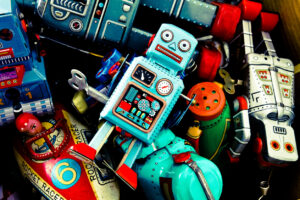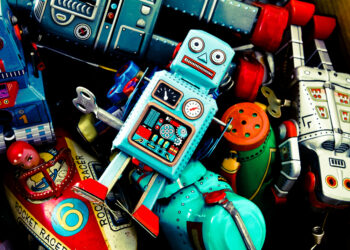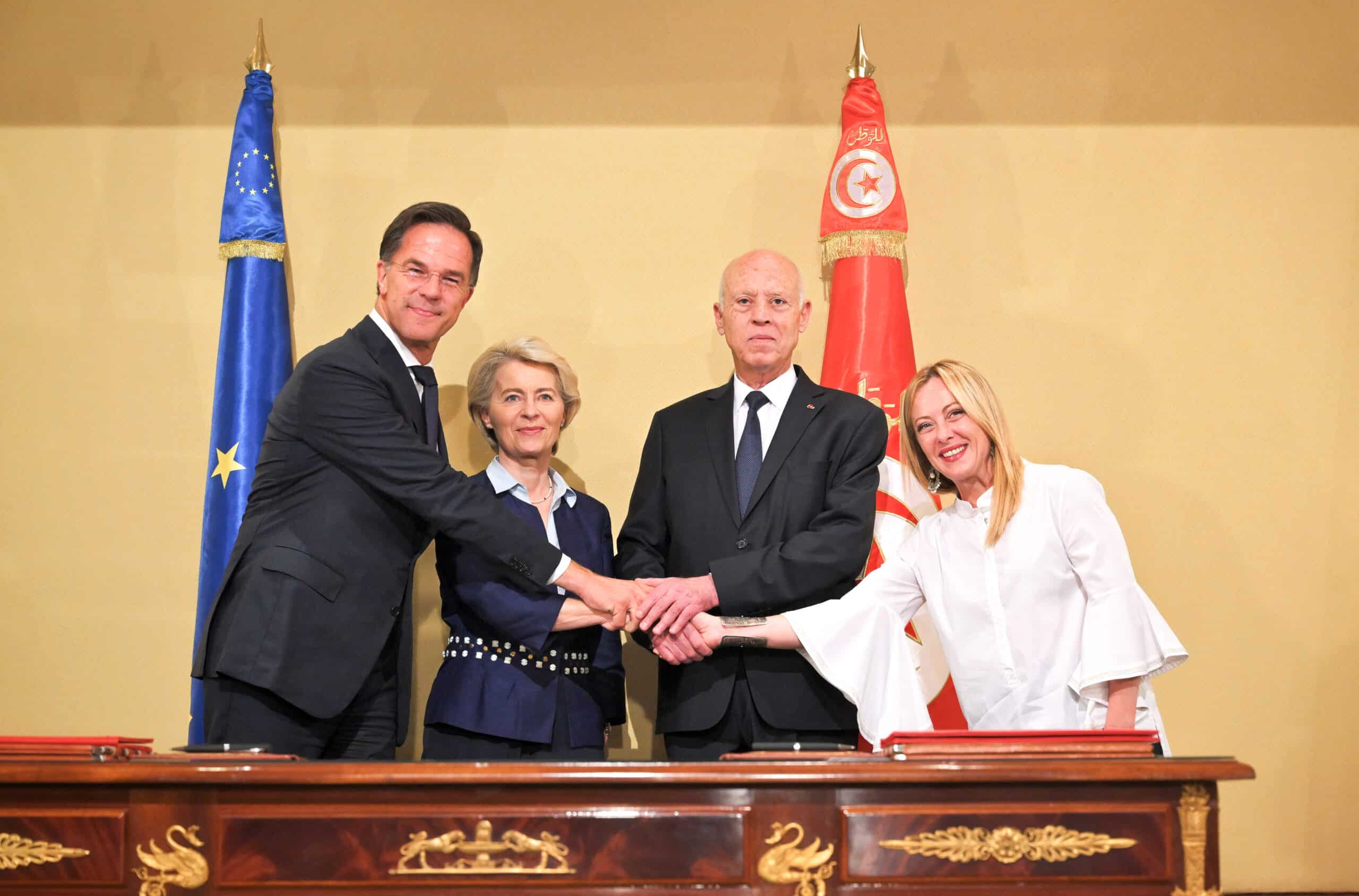From the correspondent in Strasbourg – The vote today (March 13) in the European Parliament on toy and child safety was unequivocal. With 603 votes in favor, 5 against, and 15 abstentions, MEPs gave the green light to the negotiating mandate to the revision of EU toy safety rules to update the directive that dates back to 2009, now no longer adequate to meet today’s safety, security, and privacy challenges. “Today’s is an important step forward because we must adapt the existing rules to the times we live in,” the rapporteur for the European Parliament, Marion Walsmann (EPP), explained while welcoming the near unanimity of the plenary.
“Let’s give a clear signal to protect children and the European production place. With negotiation during the next legislature, we can have a proper Regulation. We owe it to our children,” she continued from the Strasbourg hemicycle, “In a child’s room, there is no place for unsafe toys.” In line with The EU Commission’s proposal, the MEPs’ position focuses first on children’s health, extending the existing ban on carcinogens and mutagens or reproductive toxicants to also include endocrine disruptors and chemicals affecting the respiratory system. The rules also cover chemicals that are organ-specific toxic or persistent, bioaccumulative, and toxic. Toys must also not contain per- and polyfluorinated alkyl substances (Pfas), since “they could interfere with children’s hormones, their cognitive development, or more generally impact their health.”
 The second main thrust of the new Regulation to be negotiated during the next legislative term – after the European elections in June – is the definition of design criteria for toys with substantial digital components. More specifically, those with artificial intelligence will have to comply with new Union legislation, which – according to the EU AI Regulation approved today by the European Parliament – classifies them as high-risk technologies and subjects them to third-party assessments, risk management, transparency, and human oversight. Concerning Internet-connected toys, there is also a third-party conformity assessment for those with social interactive functions (such as talking or filming): manufacturers will have to follow EU cybersecurity standards and consider risks to children’s mental health and cognitive development. Finally, recently updated general product safety rules, such as those on online sales, incident reporting, and consumers’ right to information and remedies, will have to be followed.
The second main thrust of the new Regulation to be negotiated during the next legislative term – after the European elections in June – is the definition of design criteria for toys with substantial digital components. More specifically, those with artificial intelligence will have to comply with new Union legislation, which – according to the EU AI Regulation approved today by the European Parliament – classifies them as high-risk technologies and subjects them to third-party assessments, risk management, transparency, and human oversight. Concerning Internet-connected toys, there is also a third-party conformity assessment for those with social interactive functions (such as talking or filming): manufacturers will have to follow EU cybersecurity standards and consider risks to children’s mental health and cognitive development. Finally, recently updated general product safety rules, such as those on online sales, incident reporting, and consumers’ right to information and remedies, will have to be followed.
Another important element is that all toys sold in the EU territory will need a digital passport (replacing the declaration of conformity), which will provide detailed information on compliance with safety standards, improve the traceability of toys, and make market surveillance and customs controls easier. On the consumer side, this will mean that consumers will be able to access safety information and warnings in easy-to-access ways, for example, through a QR code. “At the same time, trade secrets will be protected, which is a strong signal for fair competition and to make it clear that Europe is the right place to do business,” Walsmann stressed.
English version by the Translation Service of Withub



![Una donna controlla le informazioni sul cibo specificate sulla confezione [foto: archivio]](https://www.eunews.it/wp-content/uploads/2014/12/Etichette-alimentari.jpg)

